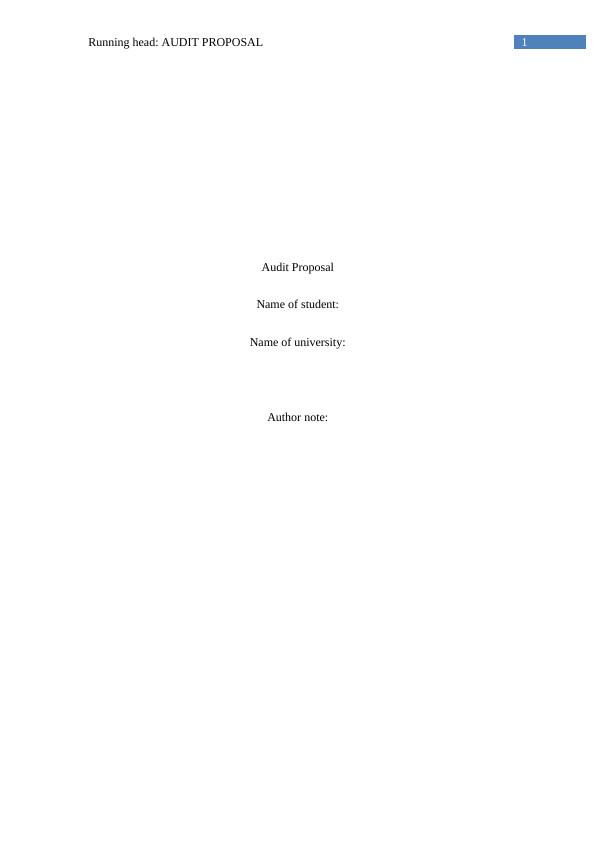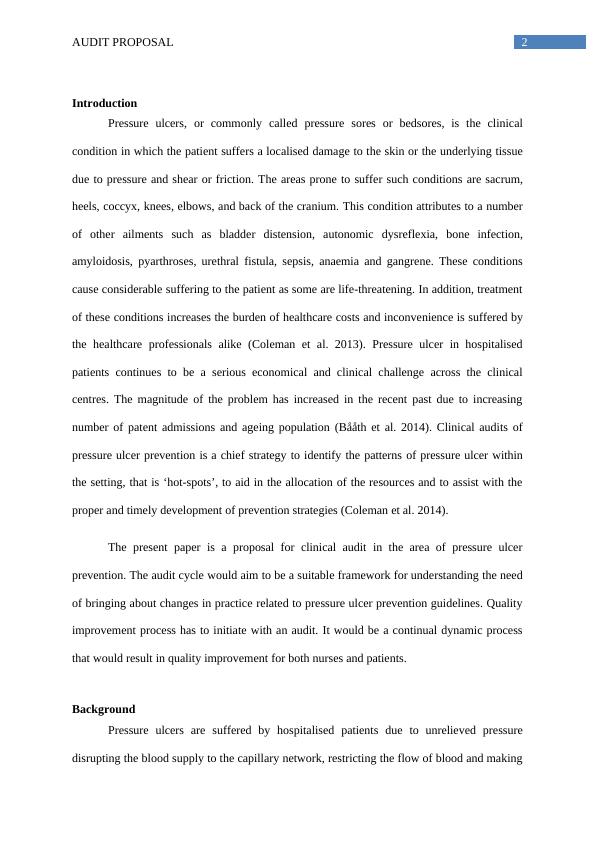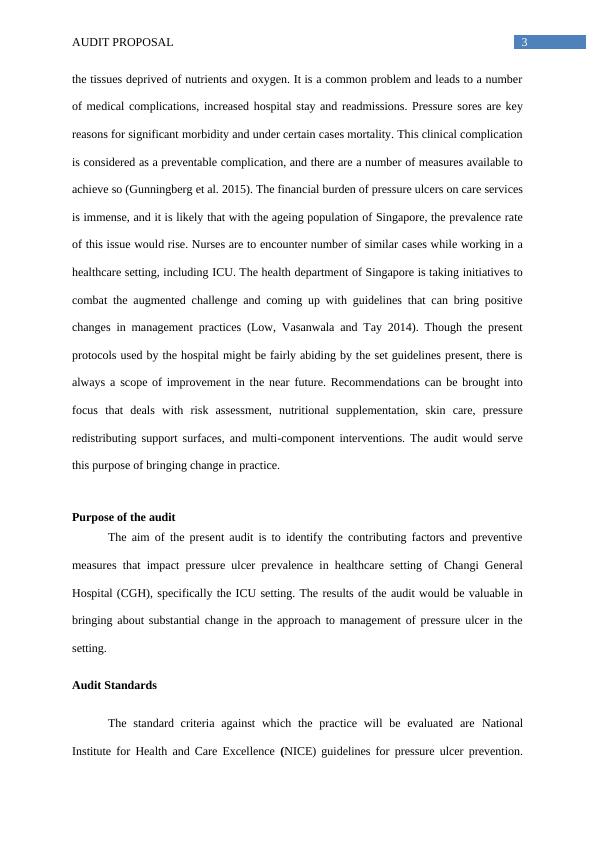Ask a question from expert
Proposal for Clinical Audit - Assignment
Added on 2019-10-30
About This Document
The purpose of the assignment is to develop a proposal for a clinical audit. The proposal will be divided into 5 parts such as introduction which will include the background information of the topic. Second section will include an audit purpose in which the proposal will clearly discuss what is to be achieved through the proposal. Third section will be methods in which the intention of the researcher will be discussed to complete the proposal. Third section will clearly state the practice used to conduct the research. Also it includes the method that will discuss the data collection process. The third section will also include the information related to data collection, data findings and data analysis. This section will discuss the findings of the research. In the fourth section the proposal will include what is to be achieved through the research.
Proposal for Clinical Audit - Assignment
Added on 2019-10-30
End of preview
Want to access all the pages? Upload your documents or become a member.



